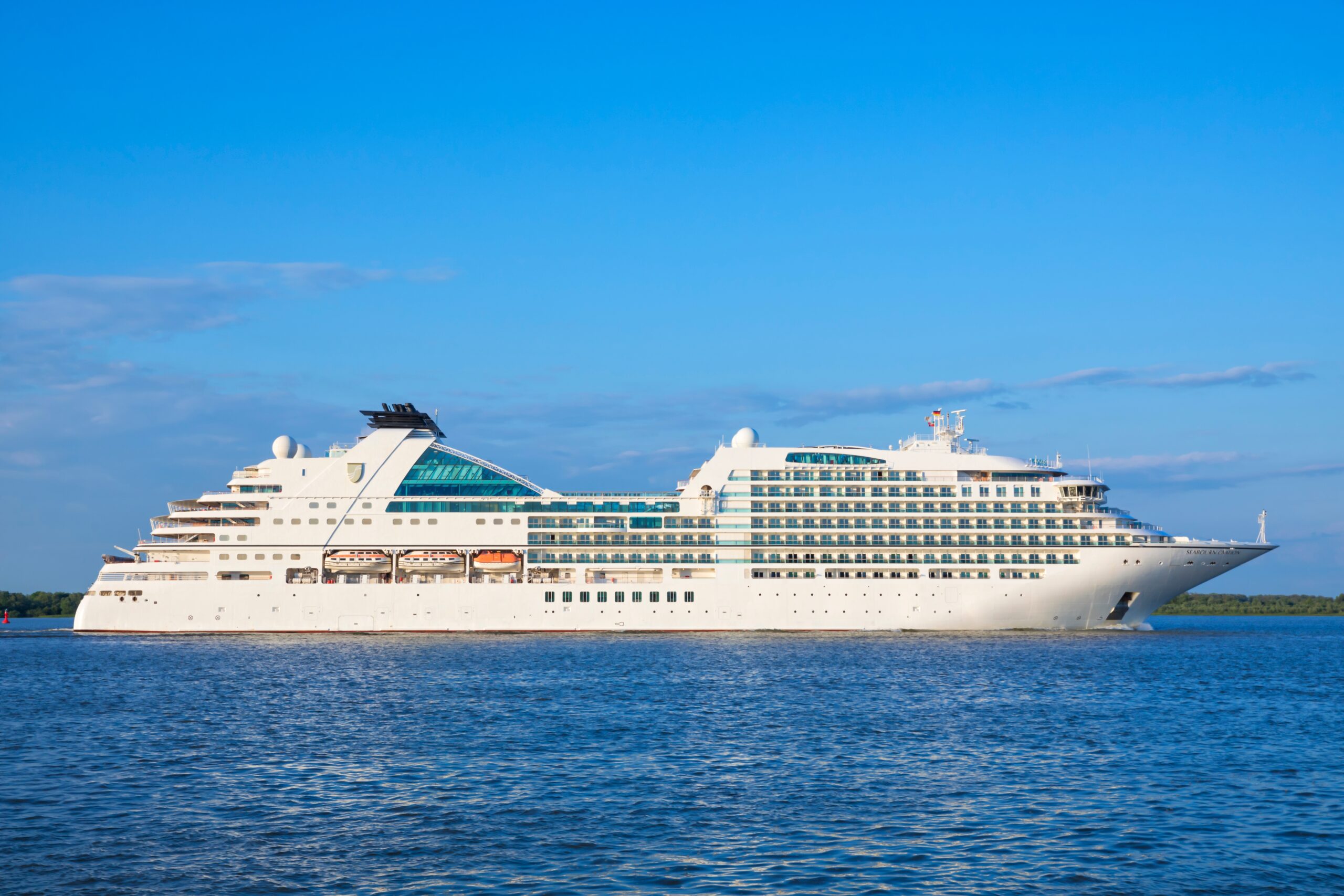Military vehicles are known for their versatility, often being repurposed for roles beyond their original design. From combat tanks turned into rescue vehicles to armored transports used in firefighting or border patrol, these machines have proven adaptable in a wide range of situations. Their ability to fulfill unconventional duties shows just how crucial they are in both military and civilian operations. In this list, we explore unique military vehicles that have found new life in unexpected roles, highlighting their costs and specialized capabilities. Whether for rescue missions or disaster relief, these vehicles are indispensable in their modified roles.
M551 Sheridan as a Combat Engineering Vehicle
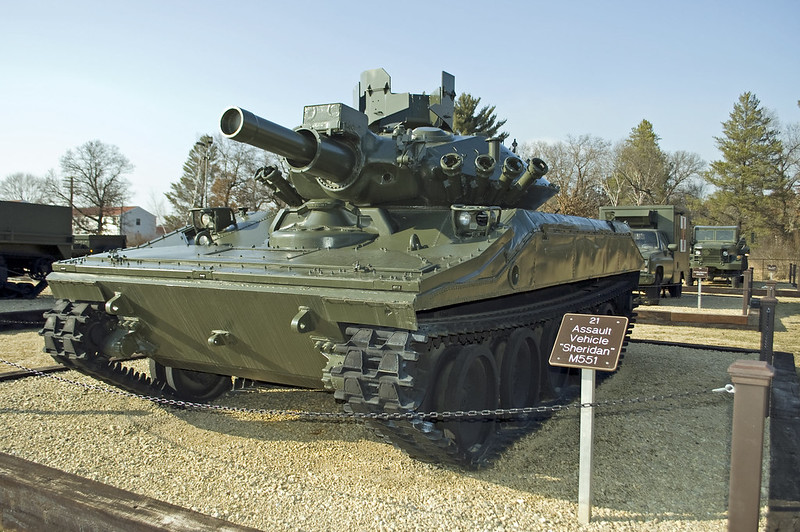
The M551 Sheridan was originally designed as a lightweight reconnaissance tank but found an unusual secondary role as a combat engineering vehicle. It was equipped with an aluminum hull and a 152mm gun capable of launching anti-tank missiles, giving it versatility on the battlefield. In its engineering role, the Sheridan was modified to breach obstacles and assist in demolitions. Despite its unconventional armor, it was air-transportable and could be deployed in difficult terrain. Its original price tag was approximately $300,000, though modern equivalents would cost substantially more. The Sheridan’s adaptability made it a multipurpose tool in various military operations, especially during the Vietnam War.
M3 Half-Track as a Mobile Anti-Aircraft Platform

The M3 Half-Track, widely known for its role as an infantry transport during World War II, also found success as a mobile anti-aircraft platform. Fitted with multiple .50 caliber machine guns or even Bofors 40mm cannons, this vehicle could defend against low-flying aircraft. It was fast for its time, with a top speed of 45 mph, enabling it to move quickly across the battlefield. Its dual purpose as a transport and anti-aircraft vehicle made it extremely valuable during the war. Costing around $5,000 in 1940, the modern adjusted price would hover closer to $80,000. Its versatility made the M3 a standout in military history.
AAV-P7/A1 as a Firefighting Vehicle
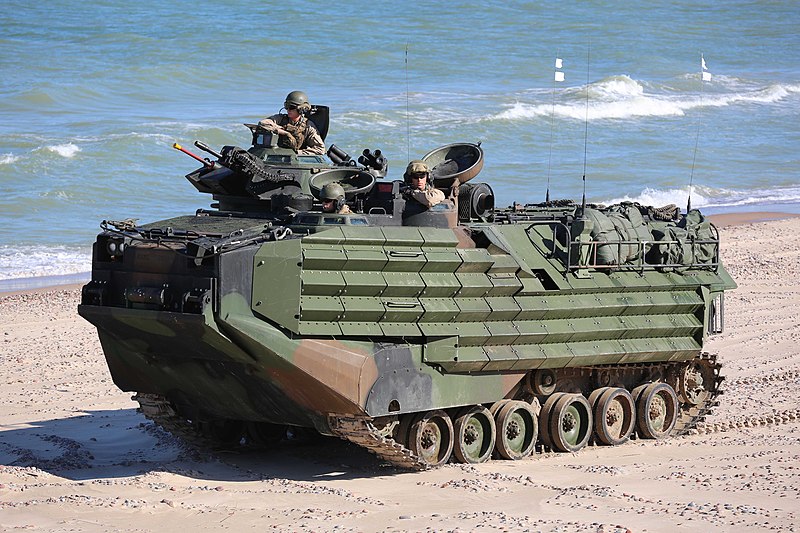
Primarily designed as an amphibious assault vehicle, the AAV-P7/A1 has seen a unique transformation into a firefighting vehicle in naval bases. Retrofitted with water tanks and high-pressure hoses, this versatile vehicle helps extinguish fires in hard-to-reach areas, especially on airfields or military installations. Its amphibious capabilities allow it to access maritime or coastal fires, making it irreplaceable in naval emergencies. Initially priced at $1.2 million, the firefighting conversion adds to its cost, bringing the total to approximately $1.5 million. Its dual-use functionality makes it a vital tool for disaster management in military settings.
BRDM-2 with Anti-Terrorism Modifications
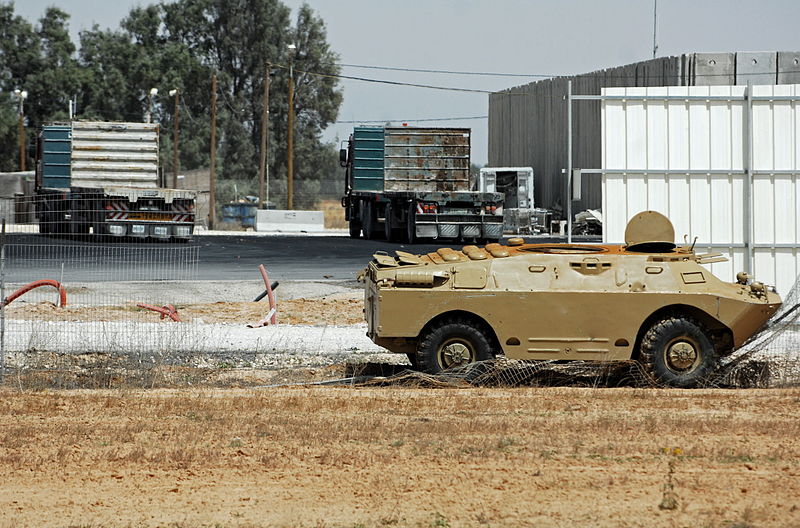
The BRDM-2, a Soviet-designed armored scout car, has been reconfigured by some nations for anti-terrorism and internal security roles. Equipped with reinforced armor and advanced surveillance equipment, the vehicle is now used for rapid response in urban settings. Its amphibious capabilities remain intact, providing flexibility in both land and water-based operations. Initially designed for reconnaissance, its new role allows for the quick deployment of law enforcement or military personnel during emergencies. The original price for a BRDM-2 was approximately $30,000, though its upgraded anti-terror version can cost upwards of $150,000. Its speed and armor make it an ideal choice for unconventional military missions.
Humvee as a Medical Evacuation Vehicle
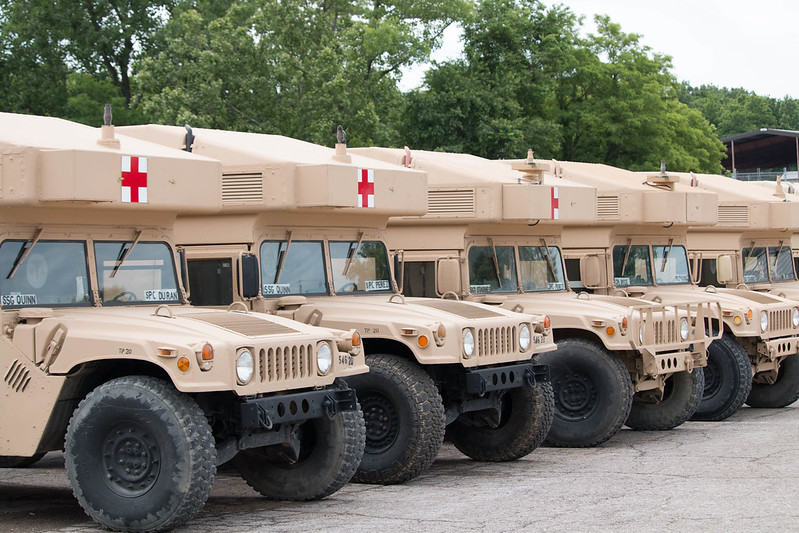
The Humvee is universally recognized for its battlefield utility, but its role as a medical evacuation vehicle is lesser known. Fitted with life-saving equipment and designed to carry the wounded from active combat zones, the vehicle plays a crucial role in military healthcare logistics. It can navigate through rough terrain, ensuring timely medical intervention. The Humvee’s versatility allows it to function in various capacities, but as a dedicated medevac unit, it’s essential in saving lives. Costing approximately $70,000, the medical modifications add an additional $20,000, making its total cost close to $90,000. This dual-function vehicle remains an indispensable asset for military forces worldwide.
V-150 Commando as a Border Patrol Vehicle
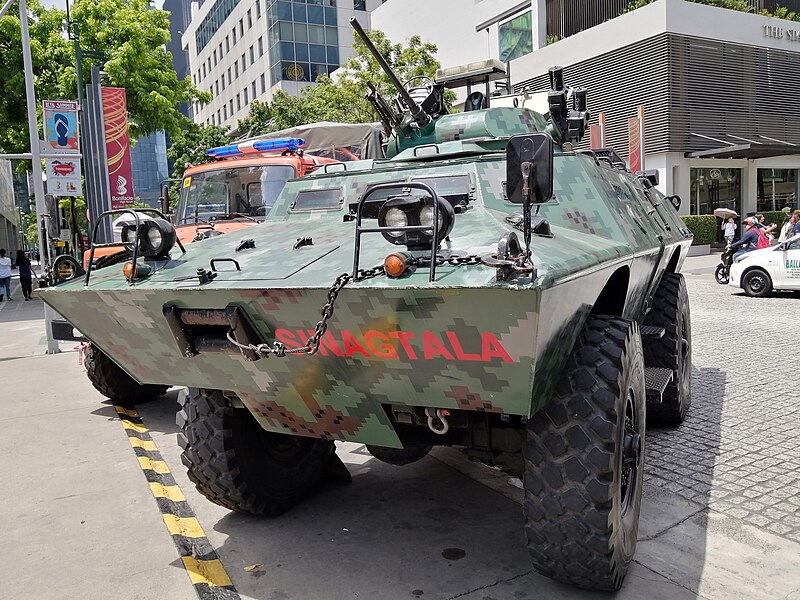
The V-150 Commando, originally an armored reconnaissance vehicle, has been adapted for border patrol roles in several countries. Fitted with surveillance and communication equipment, it’s ideal for monitoring vast, remote border areas. Its four-wheel drive capability allows it to operate in difficult terrains like deserts or mountains, where civilian vehicles would struggle. While initially designed for military reconnaissance, its low cost—approximately $160,000—makes it an economical choice for non-military roles like border enforcement. With additional upgrades, the vehicle’s cost can rise to about $200,000. The V-150 Commando’s adaptability makes it a favorite for unconventional deployments.
M88 Hercules as a Rescue Vehicle
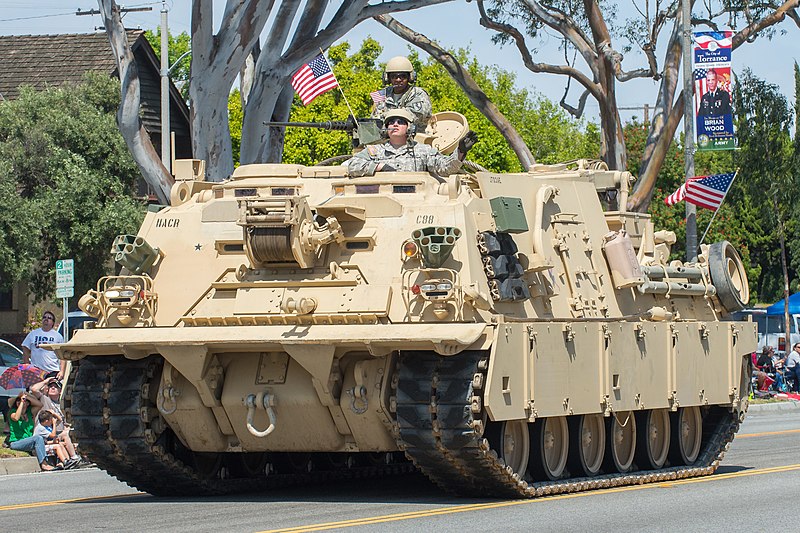
The M88 Hercules, designed as an armored recovery vehicle, has been repurposed in disaster-stricken areas for rescue operations. Its powerful winches and cranes can clear debris, rescue trapped individuals, and assist in rebuilding infrastructure. The 63-ton vehicle, originally intended to recover damaged tanks, found its role expanded to natural disaster response, especially in earthquake-prone regions. With a price tag of around $2.05 million, the M88 is expensive, but its unmatched power justifies the cost. Capable of lifting up to 70 tons, it’s a critical asset in military and civilian disaster relief efforts.
Buffalo Mine-Protected Vehicle for IED Disposal
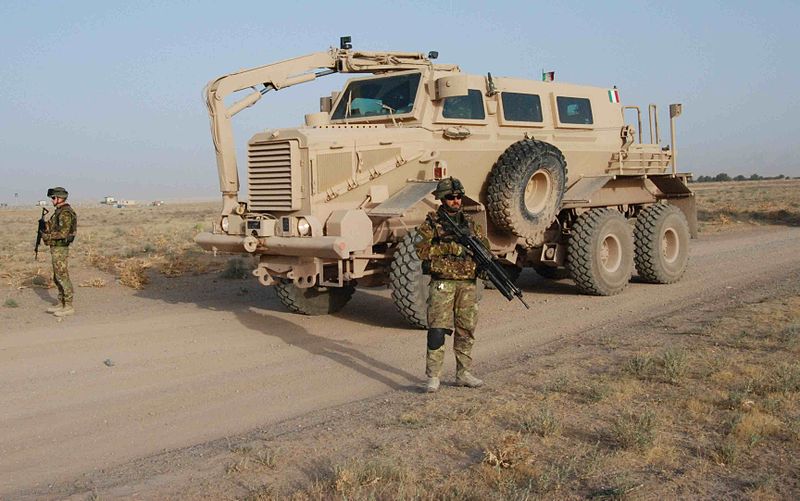
While primarily designed as a mine-protected vehicle, the Buffalo has been highly effective in dealing with Improvised Explosive Devices (IEDs). With its articulated arm and advanced detection systems, it can safely neutralize threats before they harm soldiers or civilians. This unique role has made it one of the most valuable assets in modern conflict zones. The vehicle’s heavy armor ensures its survival even if a device detonates. Initially priced at $10 million, the Buffalo’s IED disposal functionality has saved countless lives, making it worth every dollar. Its specialized role in modern warfare is both lifesaving and essential.
T-54/55 as a Fire Support Vehicle
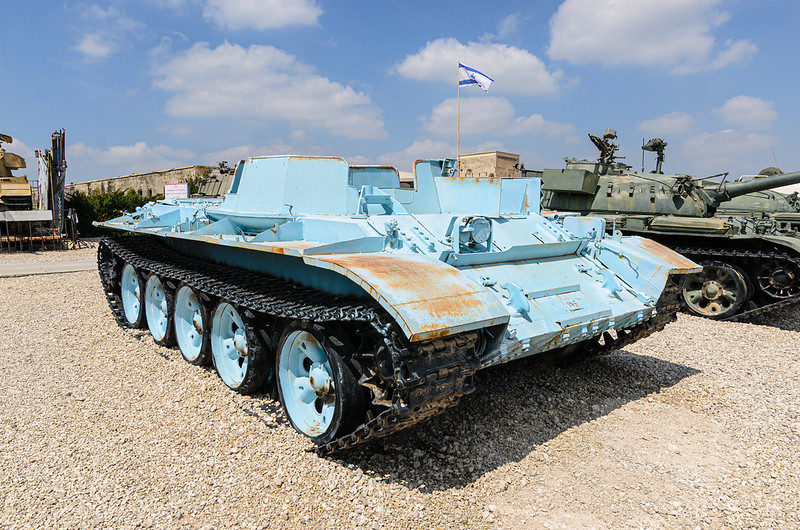
The Soviet T-54/55 series of tanks has been adapted by many countries into fire support vehicles in urban combat settings. Armed with a heavy cannon and capable of breaking through fortified positions, these tanks are often deployed in urban warfare where standard infantry needs additional support. While originally designed as a front-line battle tank, its slow speed and heavy armor have found a niche in fire support roles. The T-54/55, priced at around $250,000, can deliver high-caliber firepower where it’s most needed. Its durability and ruggedness make it ideal for close-quarters urban engagements.
LAV III as a Peacekeeping Vehicle
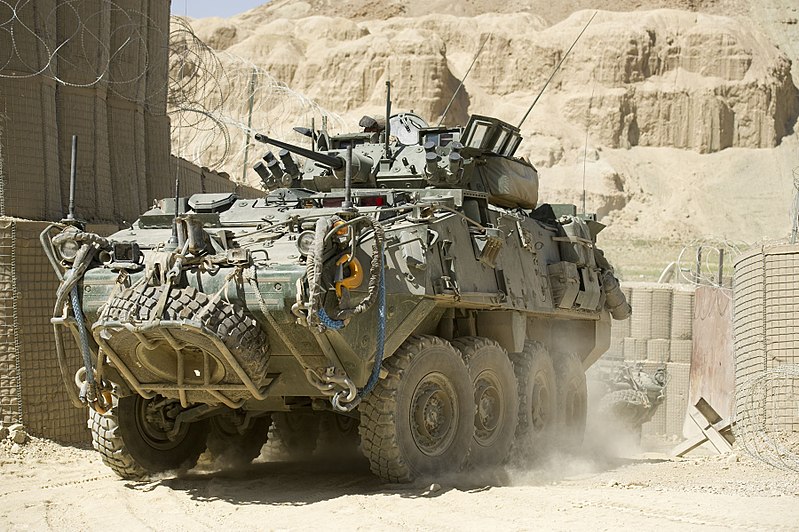
The LAV III, typically known for its combat and reconnaissance roles, has been modified for peacekeeping missions around the world. It is equipped with advanced communications systems and non-lethal deterrents to handle civil disturbances and maintain order in volatile regions. Its lightweight design and speed make it ideal for navigating difficult terrains during peacekeeping operations. Originally priced at $2 million, the upgrades for peacekeeping functions add to its overall cost, pushing it closer to $2.5 million. The LAV III’s adaptability and protective features make it a valuable asset in maintaining peace and stability. Its non-aggressive profile also helps foster better relations with civilians during peacekeeping missions.
M113 as an Armored Ambulance
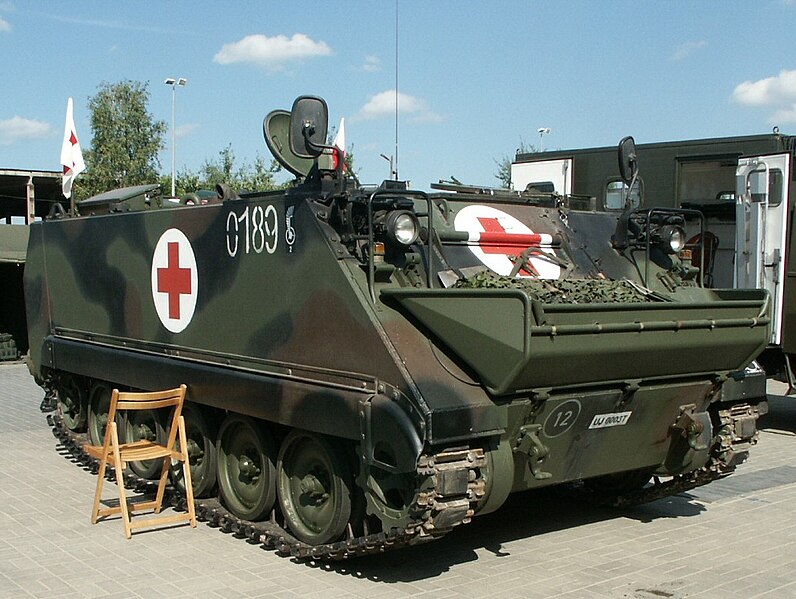
The M113 armored personnel carrier is one of the most widely used military vehicles, and it has found an additional role as an armored ambulance. Its ability to protect medical personnel and patients from small arms fire while evacuating casualties makes it a lifesaver in conflict zones. Outfitted with medical equipment, the M113 can navigate through rough terrain to reach wounded soldiers. The original cost of an M113 was approximately $300,000, with medical upgrades adding around $50,000 to the total. Its ability to safeguard both medical teams and patients in hostile environments has made it indispensable in modern warfare. This vehicle’s unique role has enhanced the efficiency of military medical operations.
Leopard 2R as a Mine-Clearing Vehicle
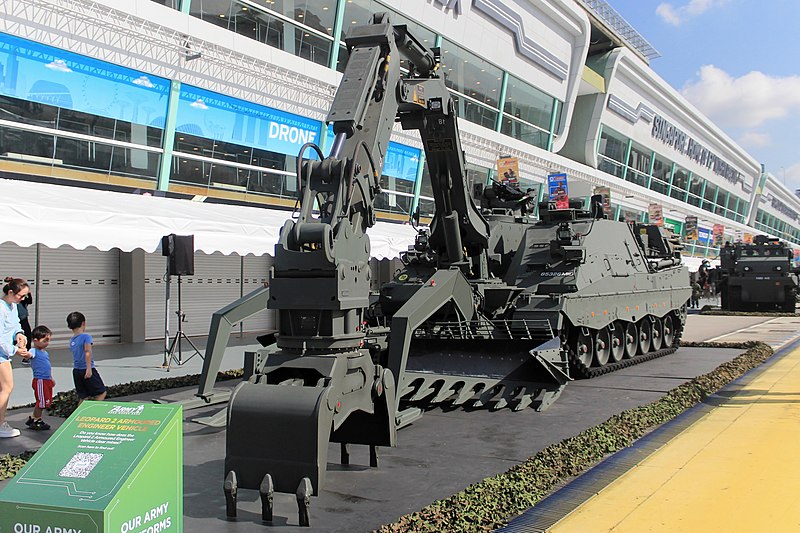
The Leopard 2R, originally designed as a main battle tank, has been converted into a highly specialized mine-clearing vehicle by several militaries. Outfitted with a mine plow and explosive ordnance detection equipment, it is tasked with clearing safe paths through minefields for other vehicles and personnel. The tank’s thick armor ensures it can withstand potential mine detonations, keeping its crew safe during hazardous operations. With a price tag of around $6 million, the Leopard 2R’s conversion adds significant value to its battlefield role. Its ability to neutralize mines while protecting its operators makes it essential for modern military operations. This vehicle’s unique mine-clearing capabilities save lives and secure vital routes.
BTR-80 as a Command Vehicle
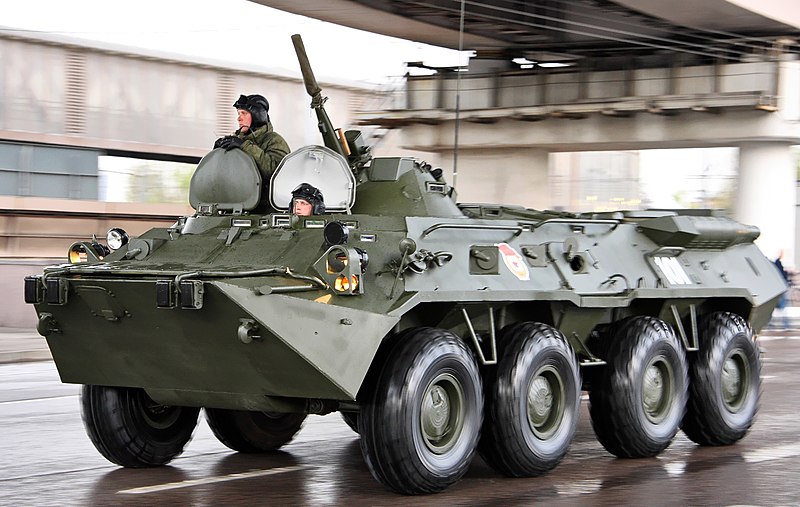
The BTR-80, a Russian-made armored personnel carrier, has been modified in some military units to serve as a mobile command post. Equipped with sophisticated communication systems and tactical displays, the vehicle allows commanders to manage operations directly from the battlefield. Its amphibious capability and off-road performance make it highly mobile in various environments, from desert to swampy regions. Initially priced at $300,000, the upgrades for command and control operations raise the cost to around $400,000. The BTR-80’s flexibility in roles beyond troop transport demonstrates its utility in modern warfare. As a command vehicle, it ensures seamless communication and coordination in dynamic combat zones.
M60 Patton as a Bridge-Layer
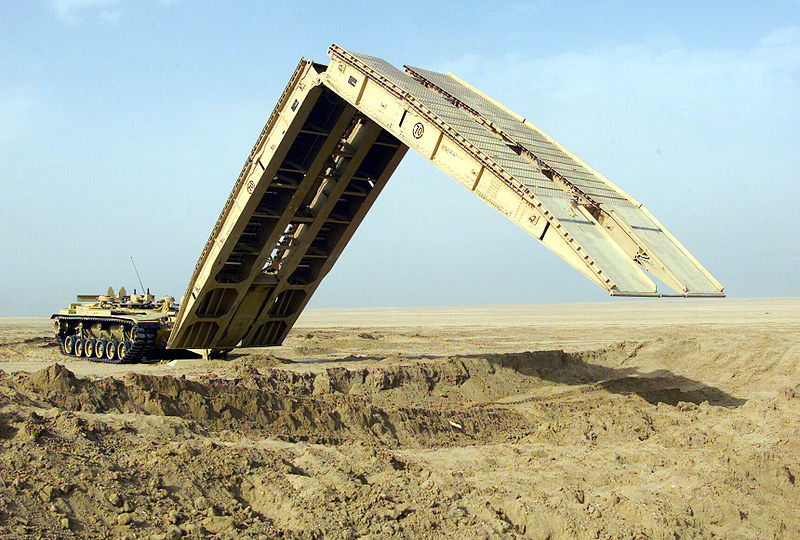
The M60 Patton, originally designed as a main battle tank, has been adapted to serve as a bridge-laying vehicle in many military forces. Fitted with a hydraulically operated folding bridge, the M60 can quickly deploy crossings over rivers or ravines for troops and vehicles. Its robust frame ensures that the bridge can support heavy tanks and armored vehicles in combat operations. Priced at around $500,000 for the base model, the bridge-laying conversion pushes the total cost to over $1 million. This vehicle’s ability to create instant infrastructure in combat zones makes it crucial for advancing ground forces. Its reliability in harsh conditions ensures its continued use in modern military engineering.
RG-33 as an Explosive Ordnance Disposal (EOD) Vehicle
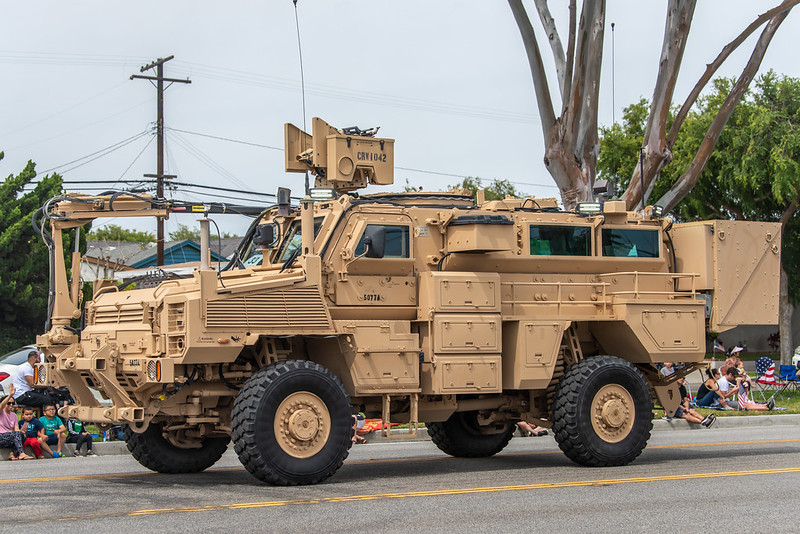
The RG-33, originally a mine-resistant ambush-protected (MRAP) vehicle, has been customized for use in explosive ordnance disposal (EOD) missions. Fitted with robotic arms and specialized detection equipment, the RG-33 is tasked with safely handling and disposing of explosives, such as IEDs and landmines. Its V-shaped hull helps deflect the force of blasts, protecting the crew from potential explosions. The base price of the RG-33 is around $900,000, but the EOD modifications raise the cost to approximately $1.2 million. Its role in modern warfare is indispensable for clearing explosives and ensuring the safety of both military personnel and civilians. The RG-33’s protective design and specialized equipment make it a top choice for dangerous EOD missions.
HEMTT as a Fuel Tanker
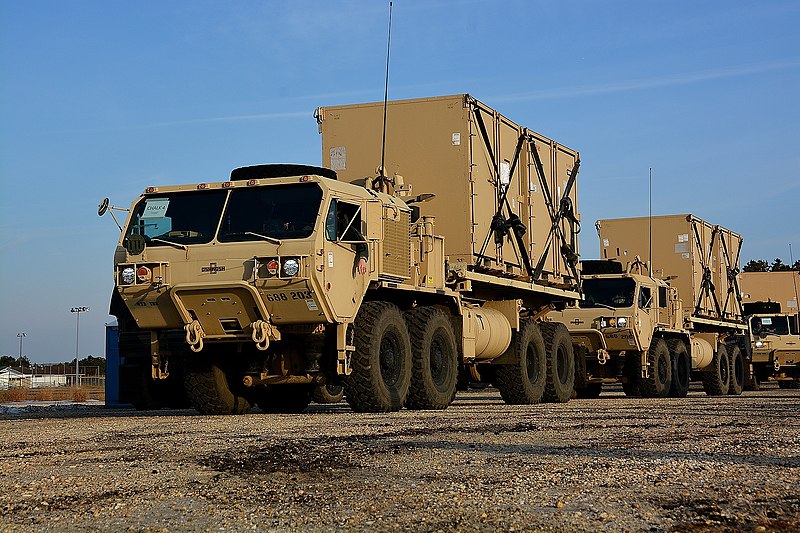
The Heavy Expanded Mobility Tactical Truck (HEMTT) was originally built as a logistics vehicle for transporting cargo, but it has also been repurposed as a fuel tanker. With its 2,500-gallon capacity, the HEMTT can deliver fuel to armored units and aircraft in remote or hazardous environments. Its eight-wheel drive allows it to traverse difficult terrain, ensuring vital fuel supplies reach even the most isolated units. The base HEMTT costs around $200,000, with the fuel tanker configuration adding approximately $50,000. This vehicle’s reliability and range make it essential for ensuring fuel availability in combat zones. Its role in logistics is critical for maintaining operational readiness on the battlefield.
Land Rover Wolf as a Special Forces Reconnaissance Vehicle

The Land Rover Wolf, widely used by the British Army, has been adapted for special forces operations, particularly reconnaissance missions. Fitted with advanced surveillance equipment and light weaponry, the vehicle is designed for stealth and speed in hostile environments. Its compact size allows it to maneuver in areas where larger vehicles would struggle, making it ideal for covert operations. The original price of the Land Rover Wolf is around $70,000, but the modifications for special forces roles can raise the cost to about $120,000. This vehicle’s agility and adaptability make it a favorite among special operations units around the world. Its ability to blend in and navigate challenging terrains is vital for successful reconnaissance missions.
CH-47 Chinook as a Firefighting Helicopter

The CH-47 Chinook, a heavy-lift transport helicopter, has been repurposed in some regions as a firefighting helicopter. With an attached water bucket, known as a “Bambi Bucket,” it can carry up to 2,000 gallons of water to drop on wildfires. This modification allows the Chinook to reach areas inaccessible by ground-based firefighting teams, offering critical support in wildfire suppression efforts. Originally priced at $38 million, the firefighting conversion adds to its versatility without significantly increasing the cost. The Chinook’s capacity for heavy loads and high-altitude performance makes it one of the most effective aerial firefighting platforms. Its ability to adapt to both military and civilian missions demonstrates its unmatched versatility.
UH-60 Black Hawk as a Medevac Helicopter
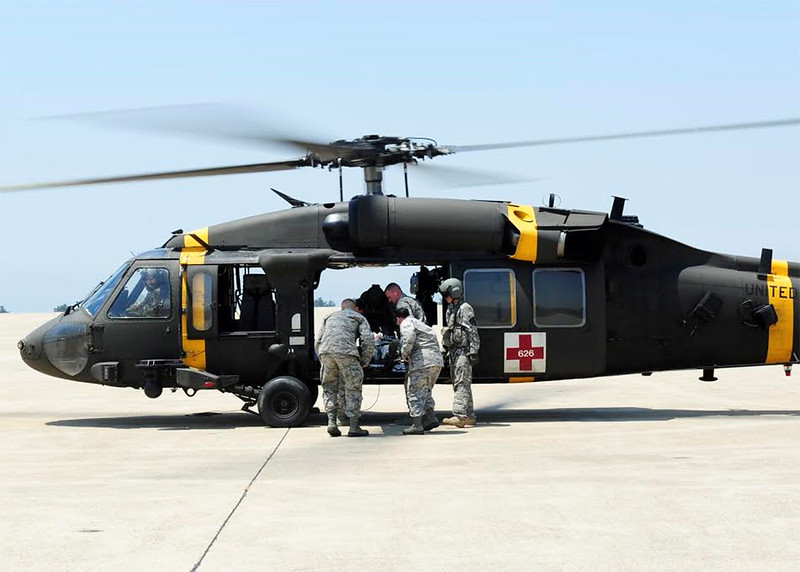
The UH-60 Black Hawk, a well-known utility helicopter, has been adapted for use as a medevac helicopter in military operations. Equipped with medical supplies, life-saving equipment, and stretchers, it is designed to transport wounded soldiers quickly from the battlefield to medical facilities. Its speed and agility allow it to navigate through difficult environments, ensuring timely medical intervention. The base price of a Black Hawk is approximately $21 million, with medevac-specific modifications increasing the cost to about $23 million. The helicopter’s vital role in saving lives during combat operations has solidified its place as an indispensable asset for military forces worldwide. Its ability to perform in high-pressure situations makes it crucial for military medical evacuations.
This article originally appeared on Rarest.org.
More From Rarest.Org
When it comes to luxury travel, few experiences can match the opulence and comfort of a cruise. For those seeking the ultimate in relaxation and style, selecting the right cruise line is essential. Read more.
Towering sand dunes are some of the most mesmerizing natural wonders on Earth, creating landscapes that seem almost otherworldly. These colossal formations, sculpted by wind and time, rise dramatically from the ground, offering breathtaking views and a sense of awe to those who witness them. Read more.
When it comes to mountain getaways, the well-known destinations often steal the spotlight, but some of North America’s most incredible retreats are quietly tucked away, waiting to be discovered. These underrated mountain retreats offer the perfect blend of stunning natural beauty, outdoor adventure, and a peaceful atmosphereâwithout the overwhelming crowds. Read more.

